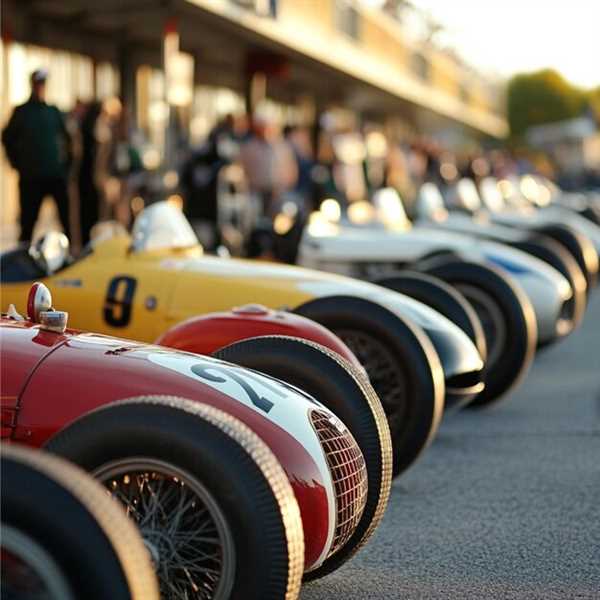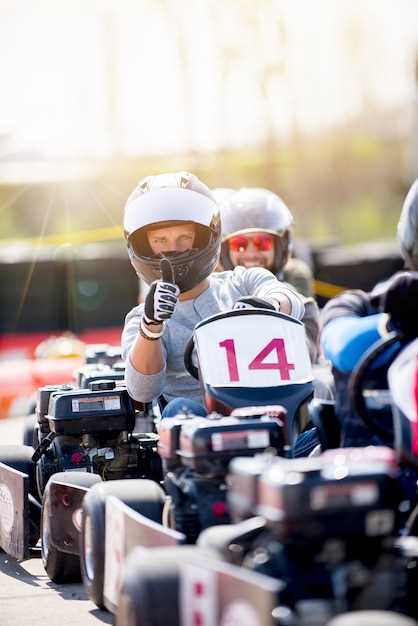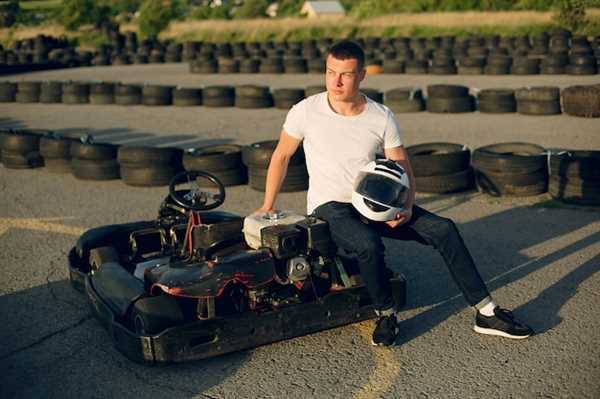
For enthusiasts seeking a deeper connection to racing’s rich legacy, certain competitions stand out as pivotal moments. The Monaco Grand Prix, established in 1929, showcases not only luxury but also a thrilling display of skill on its twisting city streets. The legendary Le Mans 24 Hours, first held in 1923, remains a benchmark for endurance, testing both machines and drivers like few others.
The annual Indianapolis 500, celebrated since 1911, is a cornerstone of American racing culture, drawing crowds eager to witness one of the oldest and most prestigious car competitions. Another key event is the Daytona 500, which has become synonymous with American stock car racing since its inception in 1959, offering a unique slice of motorsport heritage that captivates fans each February.
Additionally, the Mille Miglia, a historic race from 1927 to 1957 in Italy, represents not just speed but also the elegance of classic automobiles, traversing picturesque routes that embody a nostalgic era. Engaging with these significant competitions enriches the understanding of racing’s evolution and its impact on automotive engineering and popular culture.
Key Milestones in Formula One History

The first Formula One World Championship took place in 1950, held at Silverstone, marking the beginning of a new era in competitive racing with its innovative regulations and structure.
The introduction of safety measures in the late 1960s and early 1970s drastically changed the environment of competitive driving. Innovations like fireproof suits and better car design significantly improved driver protection.
The 1976 season featured the intense rivalry between James Hunt and Niki Lauda, which became a defining moment for the sport, culminating in Lauda’s remarkable return after a life-threatening accident.
The turbocharged engines of the 1980s transformed performance standards, particularly seen in the dominance of teams like McLaren and Ferrari, showcasing unprecedented speed and efficiency.
Michael Schumacher’s era in the late 1990s and early 2000s set new benchmarks, including seven championships and a record for the most wins in a season, elevating team dynamics and driver strategies.
The introduction of hybrid power units in 2014 represented a significant technological shift, aiming for sustainability while maintaining high-speed competition, emphasizing the sport’s commitment to environmental innovation.
In 2020, the COVID-19 pandemic led to an unprecedented season with a modified calendar, drastically altering race formats and protocols, prompting swift adaptations from teams and organizers.
The establishment of the Formula One Drive to Survive series in 2019 captured a broader audience by providing behind-the-scenes looks at driver rivalries, effectively engaging a new generation of fans to the thrilling spectacle of auto competition.
Influential Endurance Races That Shaped Motorsport

Le Mans 24 Hours has set the standard for long-distance competition since its inception in 1923. This event challenges teams to balance speed with durability, influencing vehicle design and engineering innovations.
Similarly, the Mille Miglia, which ran from 1927 to 1957, showcased the prowess of classic cars over a grueling 1,000-mile route through Italy. This endurance trial not only emphasized driver skill but also highlighted the importance of reliability in racing.
The Daytona 24 Hours, established in 1966, has impacted American motorsport culture. This event combines day and night racing, demanding comprehensive strategy and tire management, further developing team dynamics in racing.
Another iconic event is the Nürburgring 24 Hours. Located at the notorious Nordschleife circuit, this race tests endurance under challenging conditions, shaping tire advancements and fuel efficiency standards.
Finally, the Spa 24 Hours has become synonymous with endurance in Belgium. Since the late 1920s, this race has attracted manufacturers looking to test their endurance capabilities and has contributed to advancements in aerodynamics and performance technologies.
Cultural Impact of Iconic Rally Events Worldwide
Participation in iconic rally competitions like the Monte Carlo Rally and Dakar Rally has shaped local customs and tourism. These events attract thousands of spectators, boosting regional economies and promoting cultural exchange.
Rally competitions inspire artistic expressions, seen in films, literature, and visual arts. Documentaries and films such as “Dakar” highlight not only the technical skills of drivers but also the unique landscapes and communities involved.
The rise of global rallying has forged a community of fans, driving interest in automotive culture and engineering education. Workshops and events educate enthusiasts about vehicle modifications, safety standards, and performance tuning. This leads to a broader appreciation for automotive craftsmanship.
Many rallies incorporate local traditions and celebrations, integrating music, cuisine, and folklore. The utilization of social media amplifies these cultural connections, allowing fans worldwide to engage with participants and local cultures.
The spirit of competition in these events fosters a sense of camaraderie and respect among different nationalities. Rally participants frequently share experiences, further strengthening bonds across diverse cultural backgrounds.

